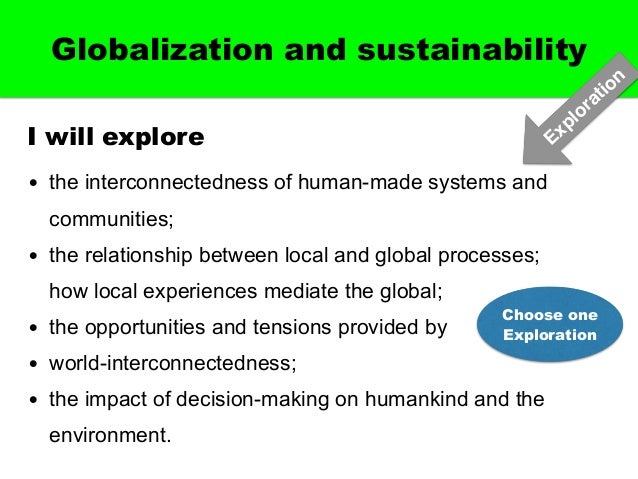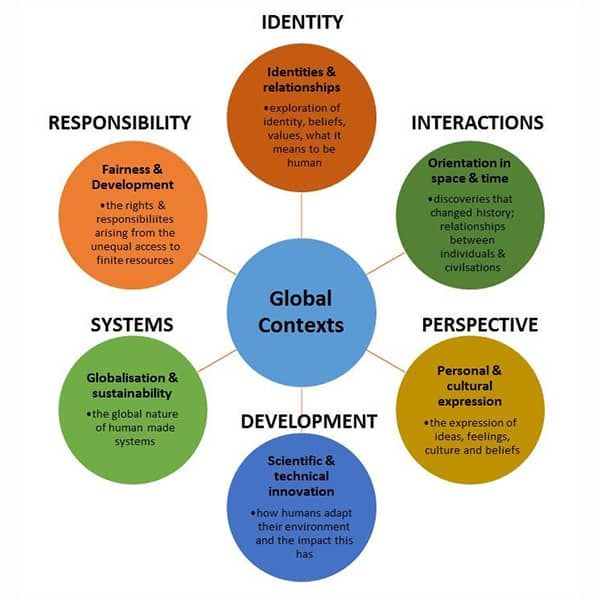
The entries in this volume introduce technical communicators to foundational practices, current approaches, and emerging trends in translation and localization.
GLOBAL CONTEXTS HOW TO
These interaction design approaches can provide students with a better idea of how to develop more effective techniques for composing and addressing mobile design in global settings. As such learning mediates between users, interfaces, and interactive contexts, interaction design can help model designs and users, develop interface prototypes and evaluate interaction that addresses global uses for mobile design. In essence, an interaction design perspective can help unpack global contexts for mobile design in terms of cognition or learning. This article advocates interaction design as an approach for better understanding cultural and cognitive factors affecting online composition processes. While traditional intercultural communication theories help explain large-scale preferences in relation to technology use, they have limitations related to understanding how cultural groups use emerging technologies to interact. Globalization raises important questions regarding the study of digital composing practices in international environments. In this way, McDaniel and Kuang build upon Dutta and Das’ prior entry by expanding how one can partner cross culturally to engage in more effective international design practices. Through this examination, the authors offer strategies for researching cultural practices and preferences while working with the members of another culture.

By examining the steps taken to address such issues and to open channels of communication, McDaniel and Kuang provide an effective example of approaches for learning about cultural dynamics while engaging in collaborations. During the planning process, a number of cultural and political factors emerged that could have created problems between the collaborating groups. In their entry, McDaniel and Kuang review a case in which a team comprised of individuals in the US and the PRC collaborated to co‐host an international film festival spanning two nations. Rudy McDaniel and Lanlan Kuang’s article “Cross‐cultural Cinematic Communication: Learning from the Information Design Process for a Sino‐American Film Competition” examines the complexities of such cross‐cultural collaborations. Chapters explore a diverse range of pedagogical techniques and online forums used in global distance education.

The volume offers a pedagogical framework that addresses three interconnected and overarching objectives: using online media to contact audiences from other cultures to share ideas presenting ideas in a manner that invites audiences from other cultures to recognize, understand, and convey or act upon them and composing ideas to connect with global audiences to engage in ongoing and meaningful exchanges via online media.

"Thinking Globally, Composing Locally" explores how writing and its pedagogy should adapt to the ever-expanding environment of international online communication.

They must also prepare to address friction that may arise from cross-cultural rhetorical situations, variation in available technology and in access between interlocutors, and disparate legal environments. Communication to a global audience presents a number of new challenges writers seeking to connect with individuals from many different cultures must rethink their concept of audience.


 0 kommentar(er)
0 kommentar(er)
